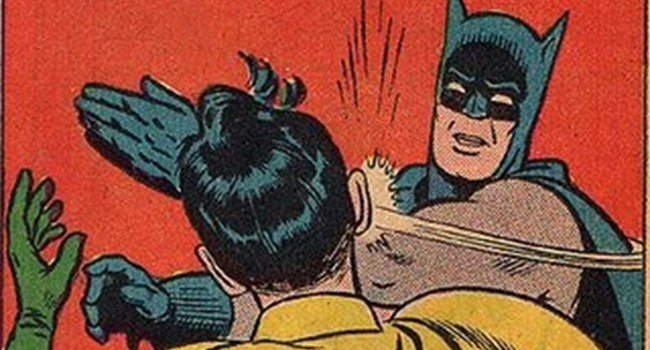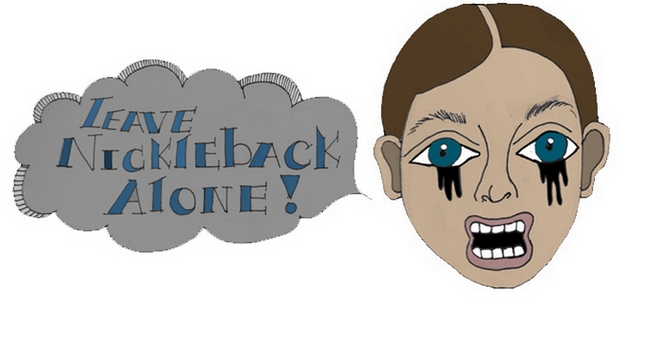The life and career of Amy Winehouse was rich with irony. The pop singer who vaulted to stardom by singing about her resistance to going to “Rehab,” whose name literally meant “beloved winehouse,” died on July 23, 2011, with a blood alcohol level five times above the legal driving limit. Just as Jimi Hendrix, Janis Joplin, Jim Morrison and Kurt Cobain before her, she was 27 when she died.
Her father Mitch had claimed that she was sober and hadn’t had anything to drink for at least five days, leading some to initially conclude that she might have died from withdrawal, but in fact she had fallen far off the wagon, ingesting a lethal amount of alcohol.
At the end of October 2011, her website announced she was releasing Lioness: Hidden Treasures, a compilation of recordings from before the release of Winehouses’s debut album, Frank in 2002, up to music she was working on in 2011. Producers Salaam Remi and Mark Ronson collaborated, compiling the album with the consent of the Winehouse family. Remi told England’s “New Musical Express” that the album would not lead to “a Tupac situation,” referring to Tupac Shakur, in whose name seven studio albums have been released posthumously since 1996.
However, the record was critically panned in many corners, and assailed as a cash-grabbing, grave-digging move. Despite the fact that Island Records co-president Ted Cockle had emphasized that Lioness was not in any way the planned follow-up to 2006’s Back to Black album, and that only two songs intended for the planned follow-up had been completed prior to her death, many saw it as the now-obligatory posthumous attempt to cash-in on her premature demise that rang quite false. What was missing from the critical dismissals was how clearly this had been framed as a collection of demos and outtakes, as opposed to a proper album, and that a portion of the proceeds were going to fund a charity her father founded in her name to assist recovering alcoholics.
But especially given that the record debuted at No. 1 in the UK and No. 5 on the US Billboard Pop Charts, it does seem like a legitimate concern to wonder if her legacy is being diminished by releasing records that would not have measured up to Winehouse’s standards, had she been alive (and sufficiently sober) to approve or disapprove. Perhaps it doesn’t equal the stellar production and cohesion of her breakthrough Back To Black, but that doesn’t mean that any of these songs should have been left on the cutting room floor. As Remi indicated to the NME, “her writing process could document her life, whether it was recording the pain or the loneliness or the humour. It makes no sense for these songs to be sitting on a hard drive, withering away.”
Now, with the sudden death of Whitney Houston at 48 casting a pall over the Grammy Awards in Los Angeles the evening following, one must wonder how soon the parade of posthumous releases will begin, and whether it will be done in the spirit of honoring the talented singer that she was, or in the interest of making money and moving “Radio-Friendly Unit Shifters.”
In another ironic alignment of the stars, the host on “Saturday Night Live” the following week would be SNL graduate and “Up All Night” star Maya Rudolph, whose most successful impression was that of an over the top and apparently drug-addled Houston. Saturday night the show’s only homage was to flash a picture of Molly Shannon and host and musical guest Houston in their school-girl uniforms as part of her “Superstar” sketch, certainly a fitting gesture, especially given the short notice with which the producers had to work.
It’s hard not to imagine that the SNL writers are now debating about what if anything they can do in terms of a Maya Rudolph-Whitney Houston sketch (An angel serenading St. Peter? Houston calling down to Bobby B. from heaven?). It might be a moment microsmic of the first SNL post 9/11, i.e., Lorne Michaels to Mayor Guiliani: “Can we be funny?” Guiliani: “Why start now?”
Having said that, Rudolph’s lineage has a somewhat tragic link to singers who died too young—her mother was soul singer Minnie Riperton, who died of cancer two weeks before her daughter’s birthday in 1979, so it might hit too close to home.
Thankfully, there wasn’t much of The Doors or Jim Morrison that was recorded and released before his death, and the same could be said of Joplin, but Hendrix’s tomb was plundered with a flood of posthumous releases, as was the aforementioned Shakur’s, and none of them measured up to the quality of what they released while they were alive. Nirvana’s unreleased demos and outtakes were held up in contentious litigation for years by legal wrangling between Cobain’s widow Courtney Love and the other two-thirds of Nirvana, drummer Dave Grohl and bassist Krist Novoselic, but if anything the time between his death and the releases of the live albums and the With The Lights Out four-disc collection benefited both the music and the packaging, in terms of the care and attention they received.
Here’s hoping that the same treatment will be applied to any more recordings of Winehouse’s that are unearthed, and that nothing will further sully her legacy. In addition, one can only hope that all care will be exercised to properly honor Houston’s legacy, as opposed to rushing out a flood of “best of” compilations in eleventh hour attempts to find hits and breathe new life into old ones.



